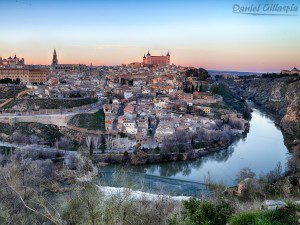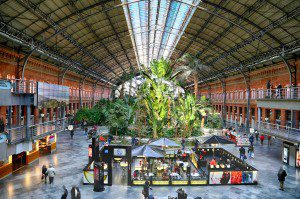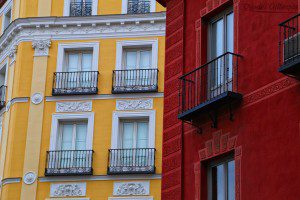
Visiting the Magical City of Toledo, Spain
From Mirador del Valle, you watch as the sunset casts its orange glow on the Alcázar towering above a maze of cobblestone roads that wind through a hillside covered in

From Mirador del Valle, you watch as the sunset casts its orange glow on the Alcázar towering above a maze of cobblestone roads that wind through a hillside covered in

If you’re heading from Madrid Barajas Airport (MAD) to Atocha Station and you’re wondering how to get from the airport to the the train station you are in luck because

I recently spent three nights in Madrid and felt like it was a prefect amount of time to hit some of the top attractions. If you’re going there for only

So you’re researching places to and eat in Madrid and looking for a few suggestions? I got you covered. Here are a few places near to Atocha (and one place near
| Cookie | Duration | Description |
|---|---|---|
| cookielawinfo-checkbox-analytics | 11 months | This cookie is set by GDPR Cookie Consent plugin. The cookie is used to store the user consent for the cookies in the category "Analytics". |
| cookielawinfo-checkbox-functional | 11 months | The cookie is set by GDPR cookie consent to record the user consent for the cookies in the category "Functional". |
| cookielawinfo-checkbox-necessary | 11 months | This cookie is set by GDPR Cookie Consent plugin. The cookies is used to store the user consent for the cookies in the category "Necessary". |
| cookielawinfo-checkbox-others | 11 months | This cookie is set by GDPR Cookie Consent plugin. The cookie is used to store the user consent for the cookies in the category "Other. |
| cookielawinfo-checkbox-performance | 11 months | This cookie is set by GDPR Cookie Consent plugin. The cookie is used to store the user consent for the cookies in the category "Performance". |
| viewed_cookie_policy | 11 months | The cookie is set by the GDPR Cookie Consent plugin and is used to store whether or not user has consented to the use of cookies. It does not store any personal data. |
